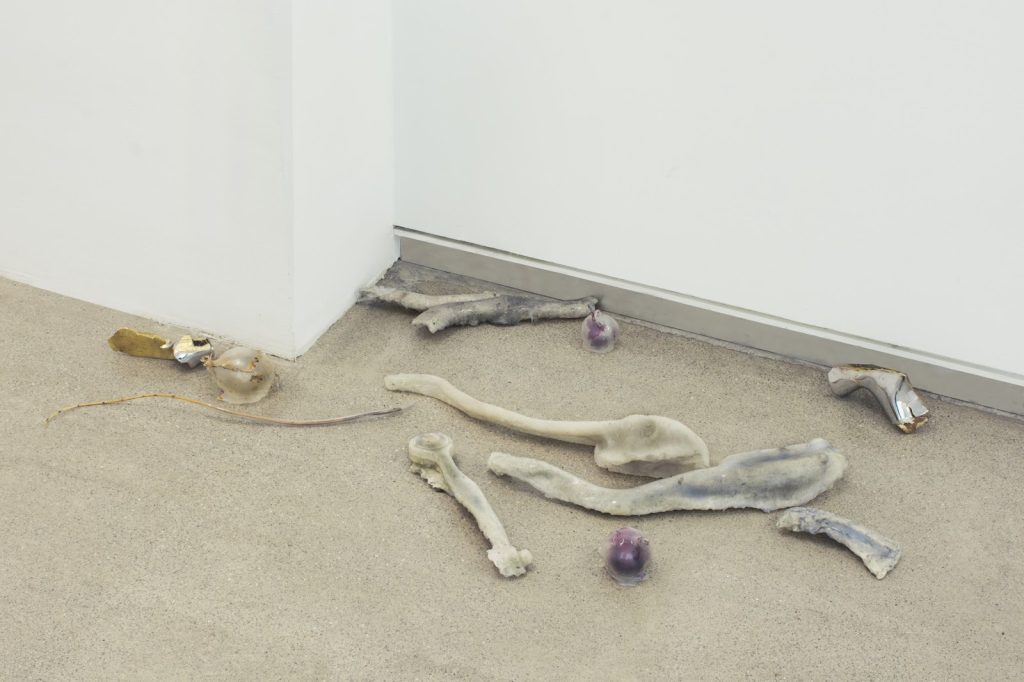Ö2 Artist: Giulia Cenci
Interviewed by Yuän (ÖÖÖ)
#
ÖÖÖ:
It’s like discovering archeological treasure from the future through contemplating your artworks. They anthropomorphize fragments of animals, plants, machinery, manufactured objects — metal and plastic materials are transformed to muscles, tendons, bones with translucent membranes, eventually incarnating as elusive chimeras. As if the traces of human existence are naturally dissolving in geological time, mixed with a hint of clues from alien creatures, intelligent beings’ bodies and inanimate objects are just parts of rocky concretions now. You summoned a scene of catastrophe ruins, giving a glimpse of the potential future of the earth.
If you rewind the time track, these decomposed fragments are re-combined into a completed picture, what kind of history are they narrating?
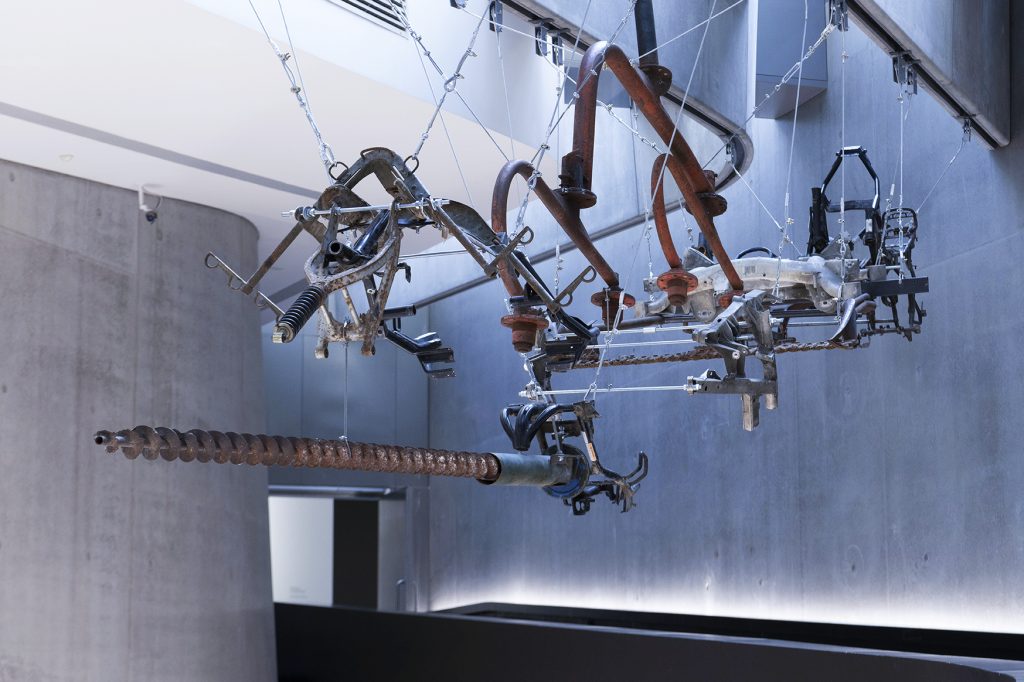
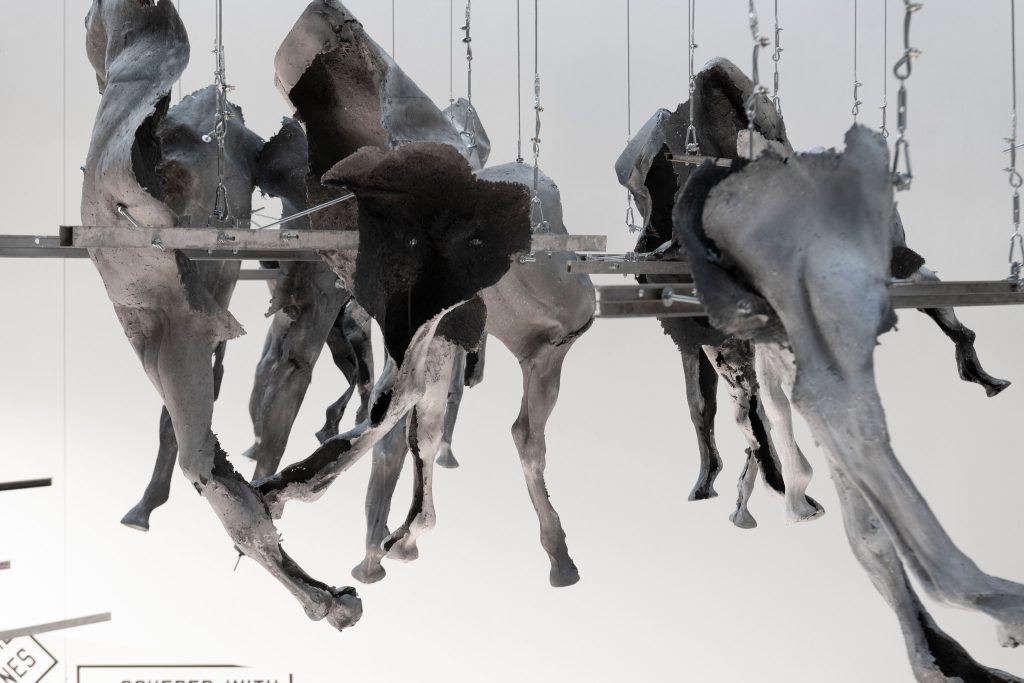
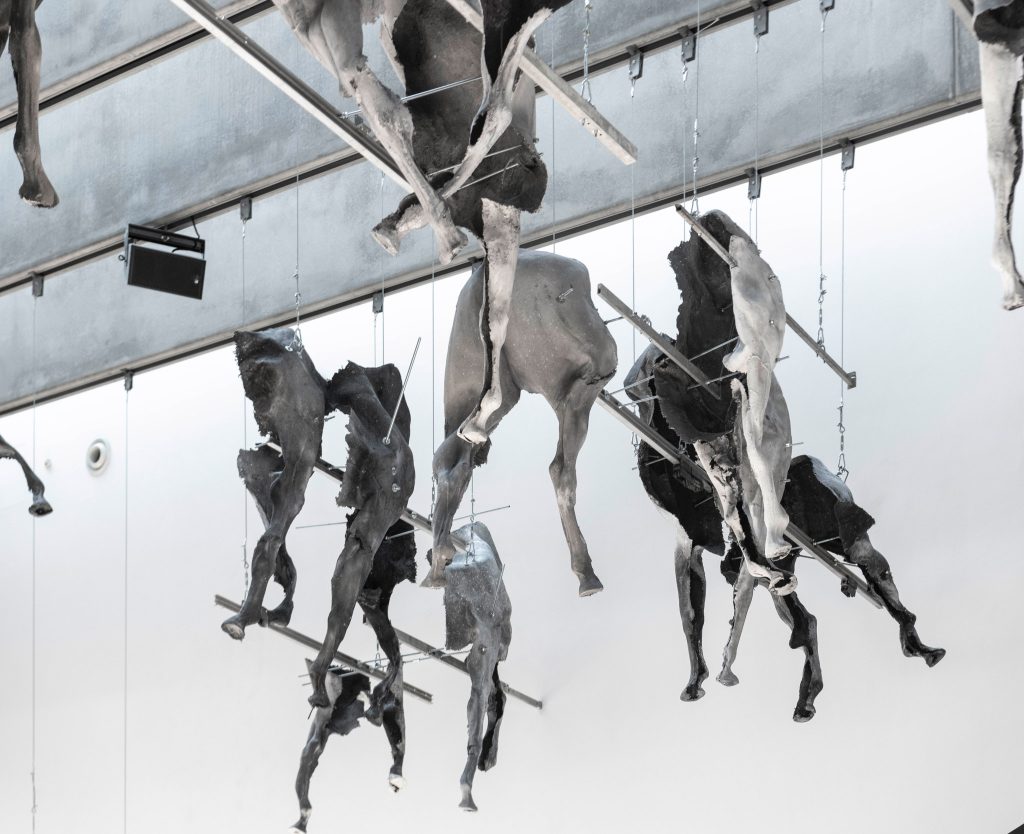
Photo by Giorgio Benni. Courtesy of the artist, SpazioA, Pistoia and MAXXI Museum, Rome
Giulia:
When I start a work, an installation, I don’t think about the realization of a hypothetical scenario, I rather try to bring on the same level objects and materials that apparently belong to different temporal spheres, environments and origins, to opposite species and categories. I try to work over definitions and limits and among hierarchies. This happens when instead of using things in their entirety, I use it partially, in a fragmentary way. It is not just a matter of “rest” but the possibility that these things, once incomplete, still have a chance to aggregate and reconstruct something new, perhaps shapeless, sketchy, approximate, but still a new entity. If the result for many people refers to a possible dystopian or archaeological scenario, even post archaeological, I believe that this has to do with an attempt to identify their feelings with the issues concerning our present.
Personally, I try to talk about this historical moment, about our present, also questioning both the idea of the past and the future, to compare and rethink time, its consequentiality and hypothetical linearity. In this sense, I try to incorporate at the same time different options, things, stages, I try to involve different moments: historical, iconographic, productive.
I wonder about those fragments of events in which something has gone wrong compared to expectations, in which the desire to evolve and improve has failed, changing the course of things and their evolution, the growth of our society and its dynamics, irreparably. But if we look at history some of these moments, fragments of time, moments and events that we could have avoided, have lasted months, years, decades. They were not a fleeting mistake, an oversight, but real catastrophes planned and carried out under the command of enormous political and economic powers. If I look at the present, nothing changed and it is not changing. Well, I believe that if I speak of a time I am not speaking of any specific time, but of the human being’s inability to learn from the archive he has at his disposal as much as from the scientific projections that he constantly analyzes. I think of a “here and now”, but perpetual, like a tireless and insatiable piece of assembly line, which devours everything it has at its disposal, without interruption.
#
ÖÖÖ:
Your works discuss the collapse of the ‘Anthropocene’. When did you first encounter this term? Has it changed your daily lifestyle in some ways afterwards?
How would you position our current era in the ‘Anthropocene’ context?
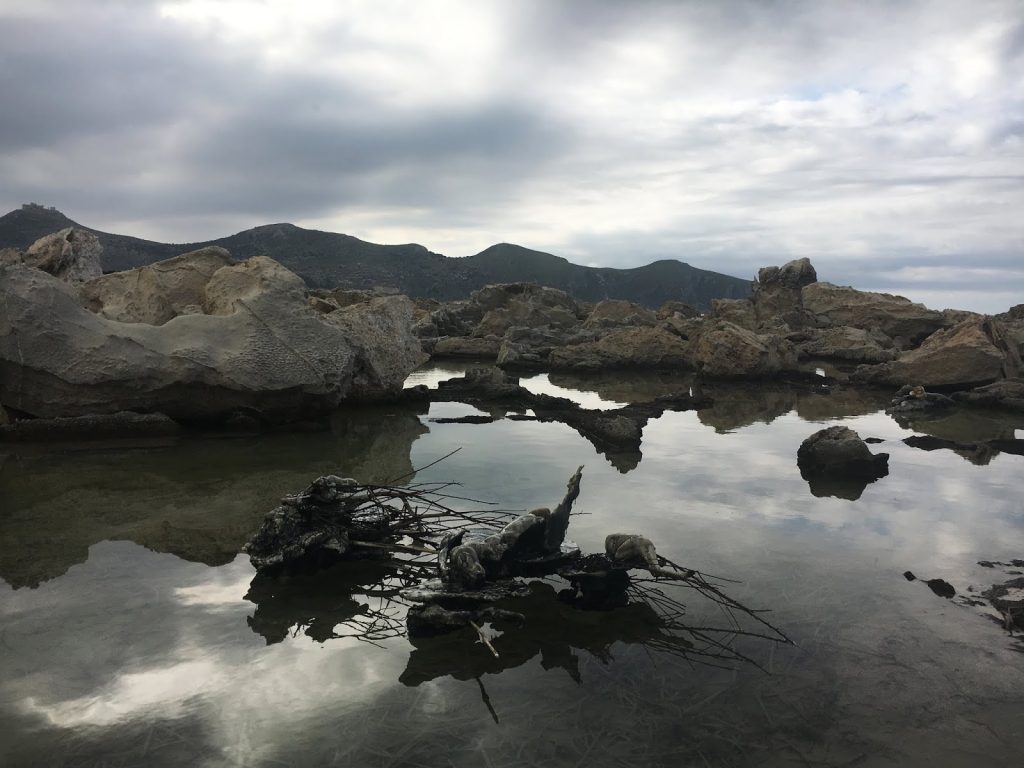
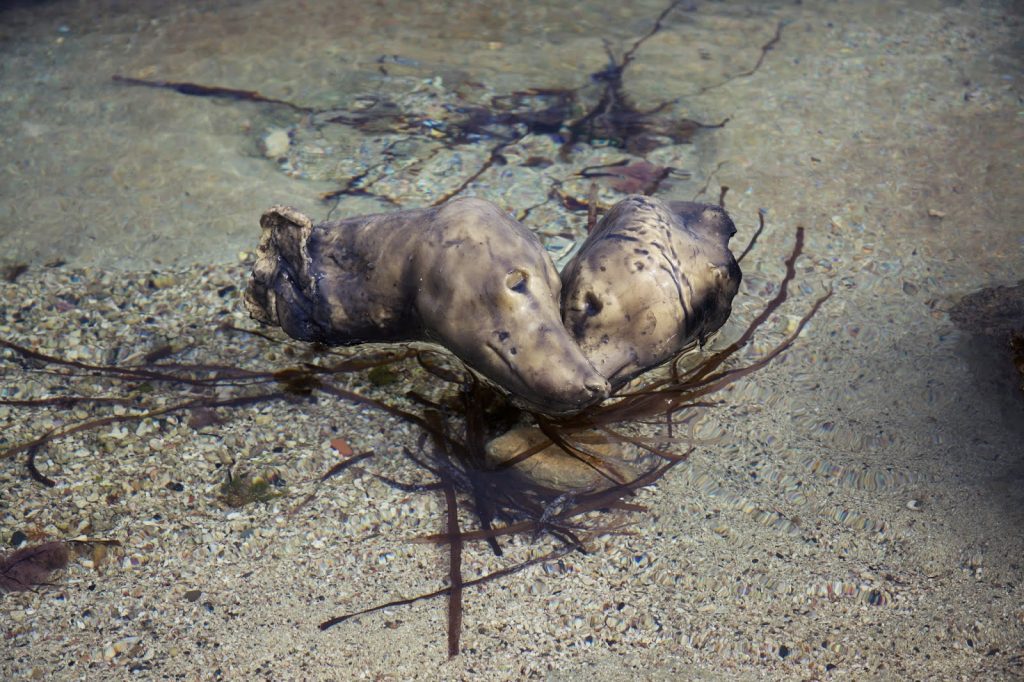
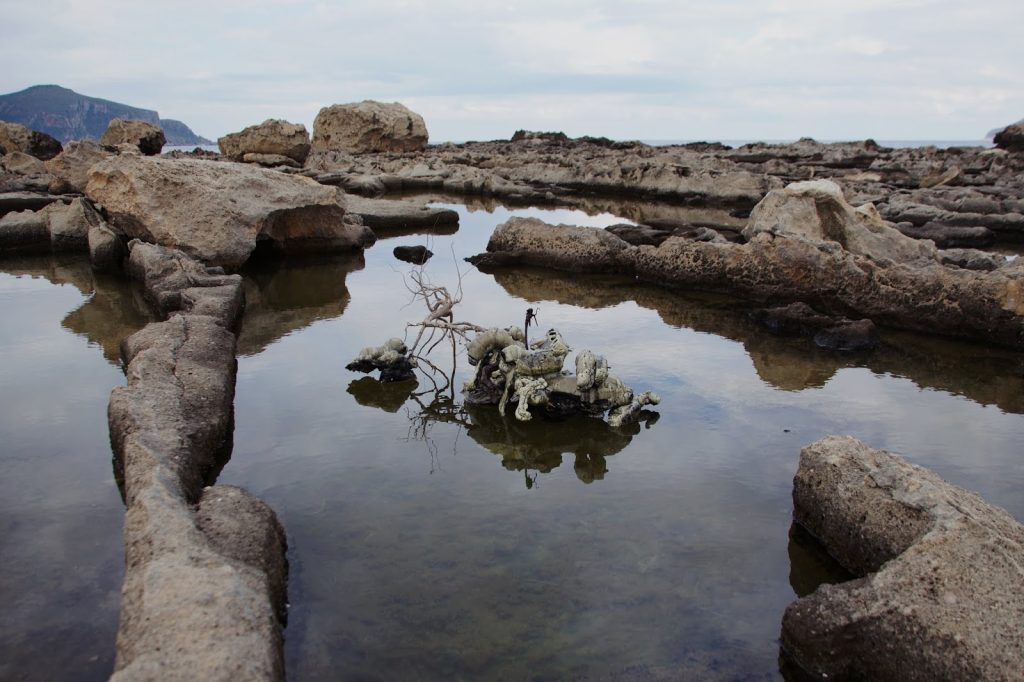
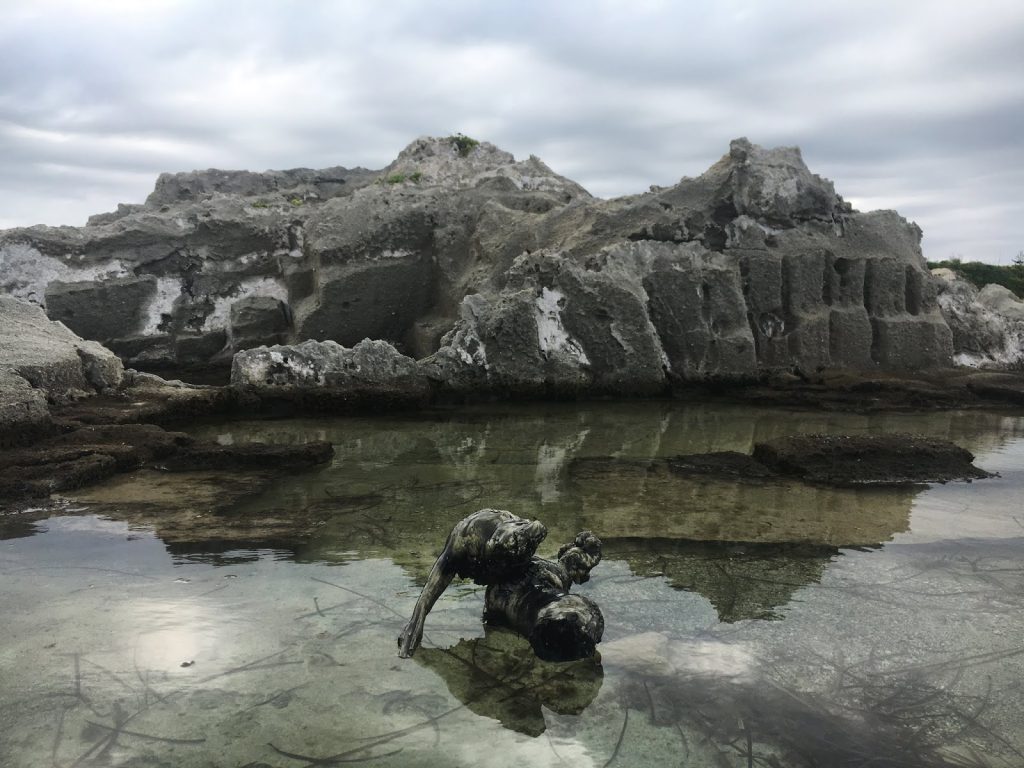
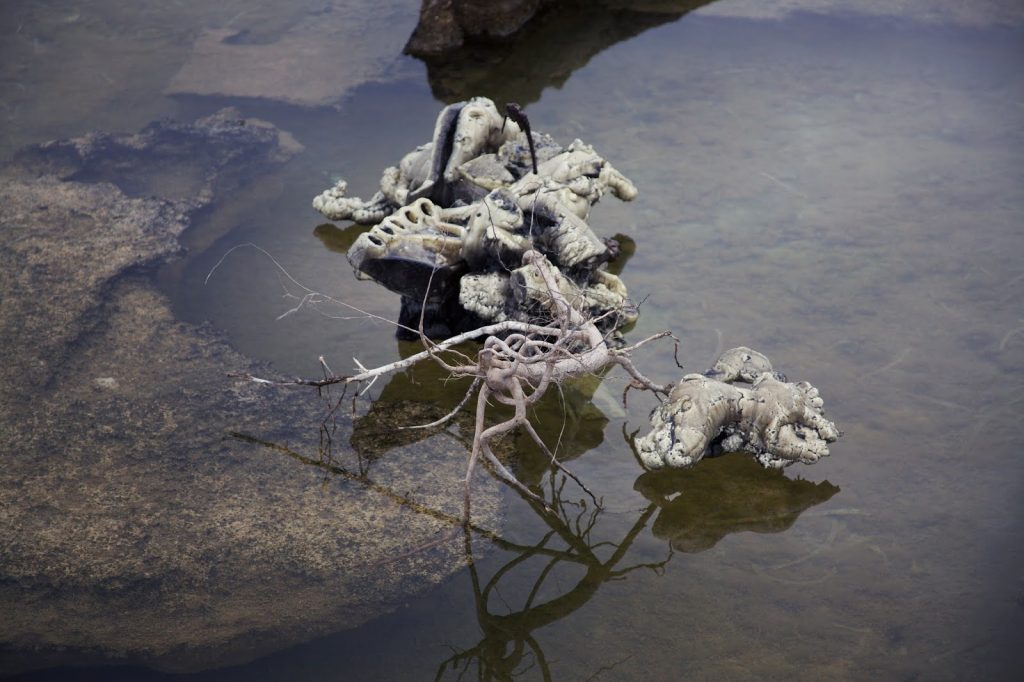
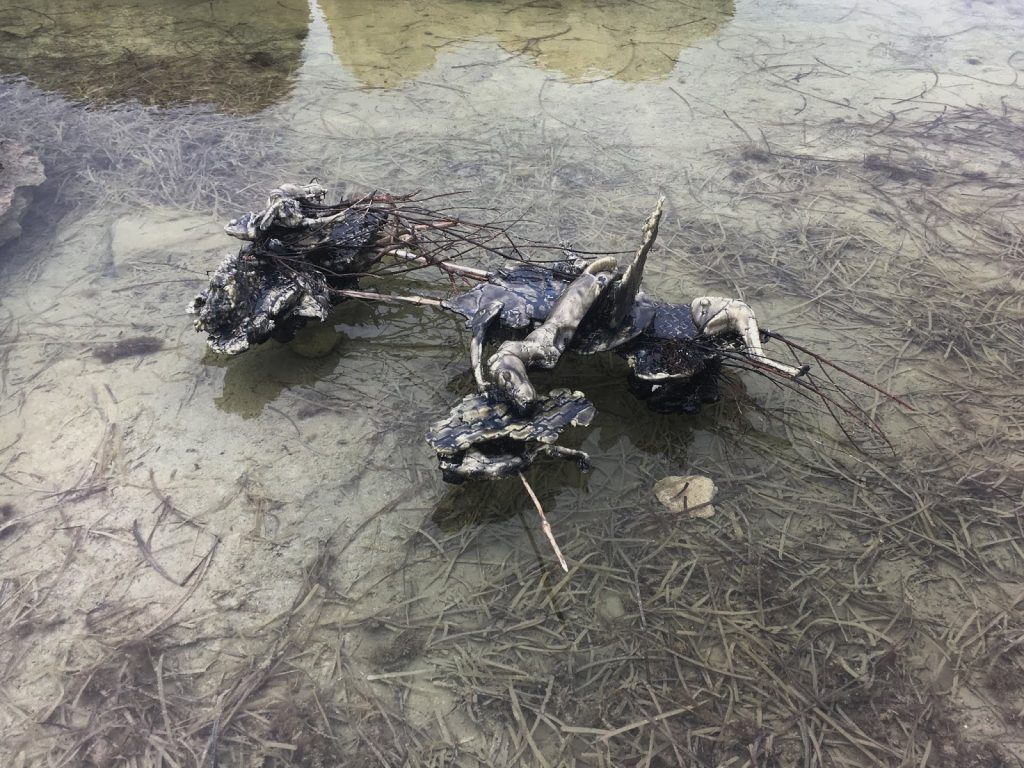
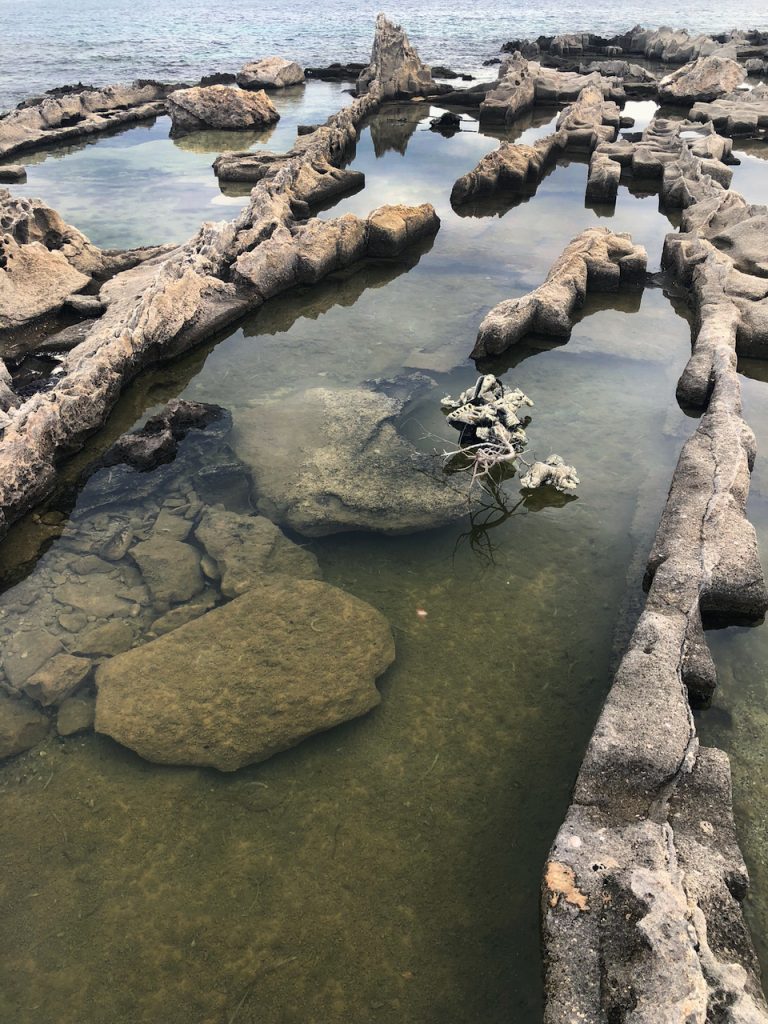
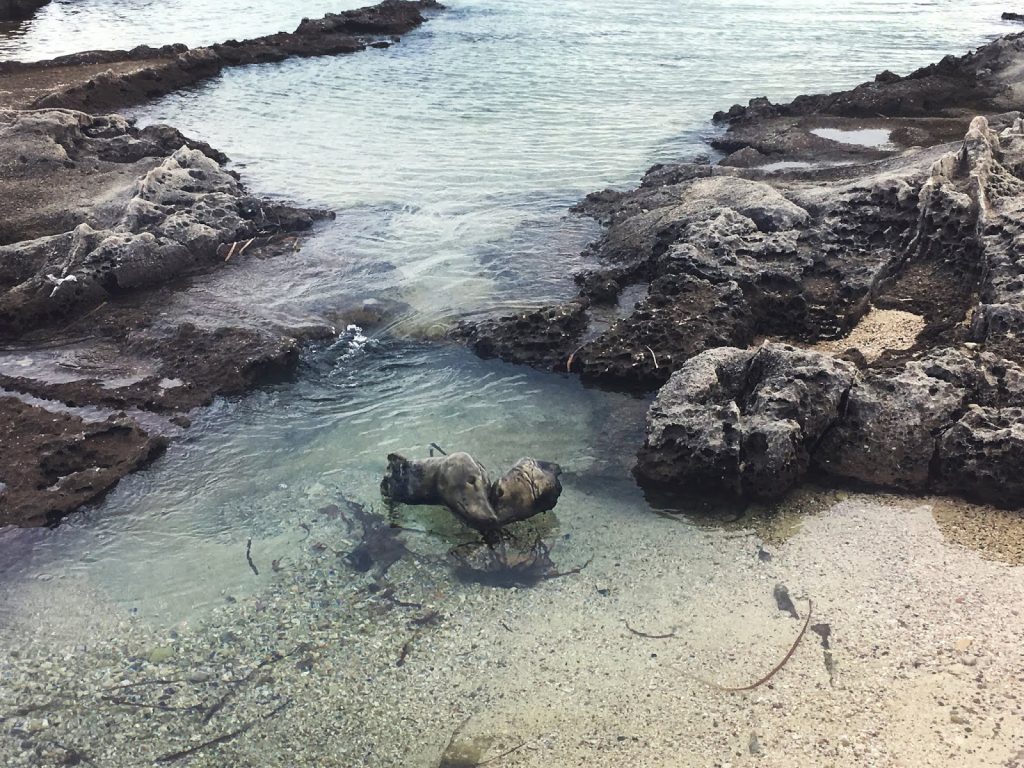
Photo by Davide Battista. Courtesy of the artist and Open Studio INCURVA, Favignana
Giulia:
I read about the Anthropocene for the first time in 2011 when a friend of mine shared an article from the Economist that I will never forget; it was titled “A Man-Made World: Humankind Is Becoming a Geological Force.” I felt that I was reading on paper the consequences of what I had seen around me since I was a kid and that the answer and the theorization of thoughts and awareness that I perceived before were some of the most urgent of contemporaneity.
Now we are accustomed to this definition, but the first time you realize what it means is shocking. It feels deeply impure to know that we are basically destroying all of what has been our home, our neighbors, our surroundings, and ourselves. I mean, we humans know how unfair, shortsighted, and cruel we can be; but what makes me crazy about the treatment of our surroundings—as well as some other issues of our present—is the inactivity toward a real solution, the impossibility of reaching toward a different plan of action. Even now, when the world is probably facing the deepest crisis since World War II with the outbreak of COVID-19, we are not planning for a different global future, but are instead choosing to look at how to get back to the elevated production and profit we had pre-coronavirus.
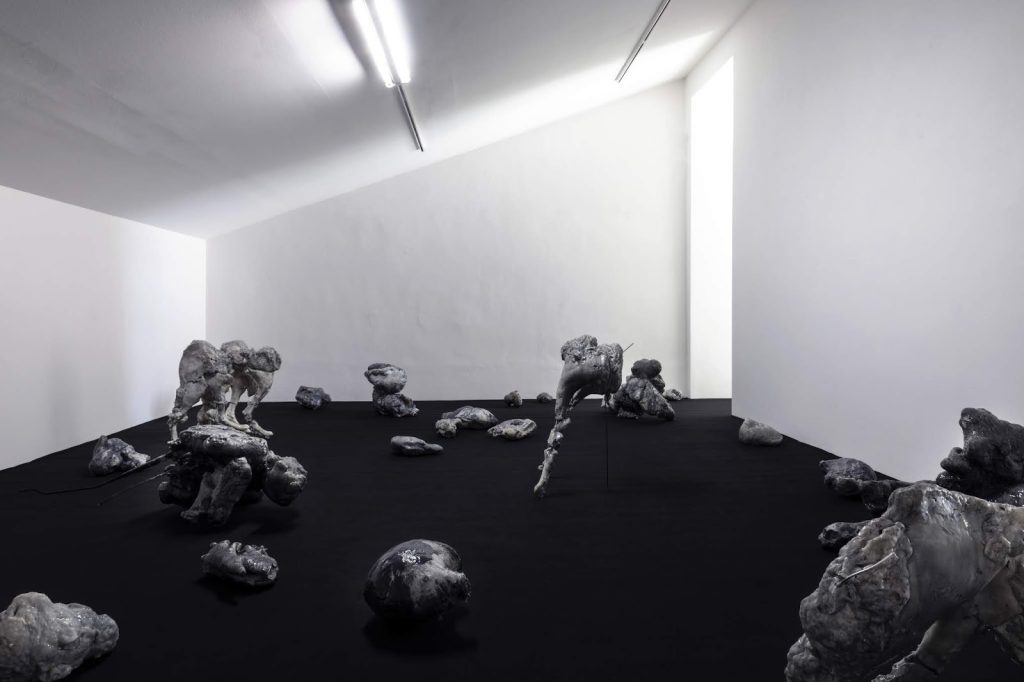
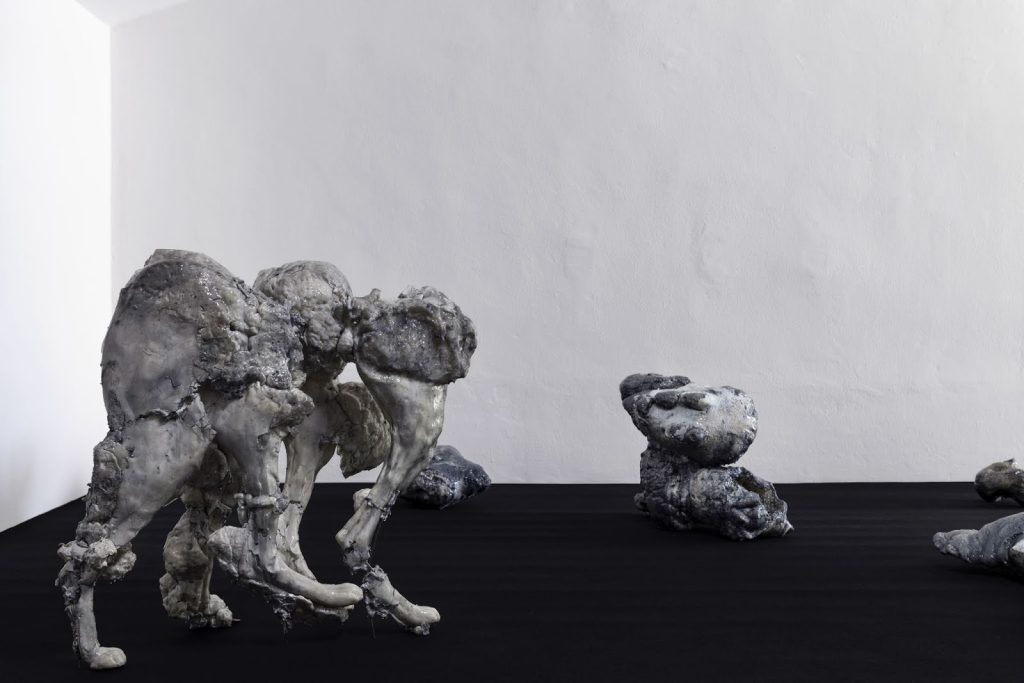
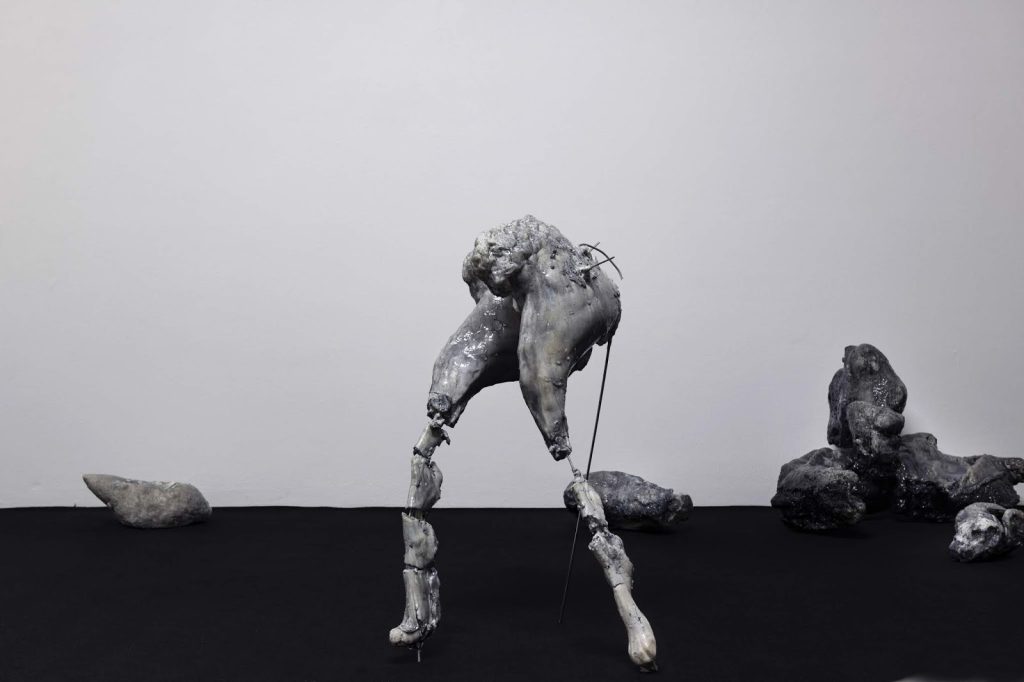
Photo by Ivo Corrà. Courtesy of the artist, SpazioA, Pistoia and Kunst Meran, Merano
As I said before, this feels extremely impure. It is impossible to talk about a nature that is not contaminated by human action or its byproducts, and this has been fundamental for me in working on the disintegration of borders and on the loss of certain categories, classifications, or hierarchies. The fact is that until the Anthropocene we had been considering the human as an almost external factor to nature, something partly outside of it, or maybe even above it. But now, this untouched paradise that nature was is corrupt, contaminated by the artificial.
In the beginning of this newfound awareness, I found it necessary to place different materials and sources on the same level, despite their classification as either “natural” and “artificial” sources. Later, while developing things in the studio, it became most important to understand that any action a human or an artist does to create also includes some form of destruction. It is indissoluble: the early human who drew on the wall of a cave consumed a little bit of its stone; the ceramist who takes matter from the quarry consumes a little bit of this mountain; the sculptor who destroyed a marble block, which itself was violently taken from the innards of the mountain. This is what it means to shape, to transform, and actually to live. And this applies to any action.
This is why I need to use every part and every leftover of my life, my surroundings, and my work as an active part of the final installation. Dust from my heating system, old clothes, metal and plastic parts of machines and cars, whether taken from recycling or from my family’s former farm where things have been lying motionless for years: these are some of the materials that I use to make the work.
Concerning this precise moment, well I think is probably one of the most confusing moment for human society. Antropocene is a word, a term, but the consequences of human presence and production in our habitat are extremely strong and dangerous. As a citizen, I personally feel the urgency to let something move in a different direction, but while I see the motionless of the political class, nature and environment are sending us clear signs. I guess that a large part of the global population has similar feelings, they are aware that something must change, that we should live differently and this is already happening because of an invisible virus.
#
ÖÖÖ:
You mentioned “In the past, it was normal to use animals to represent god or deities” in an interview you did. What is the common property between animality and the sacred, you think?
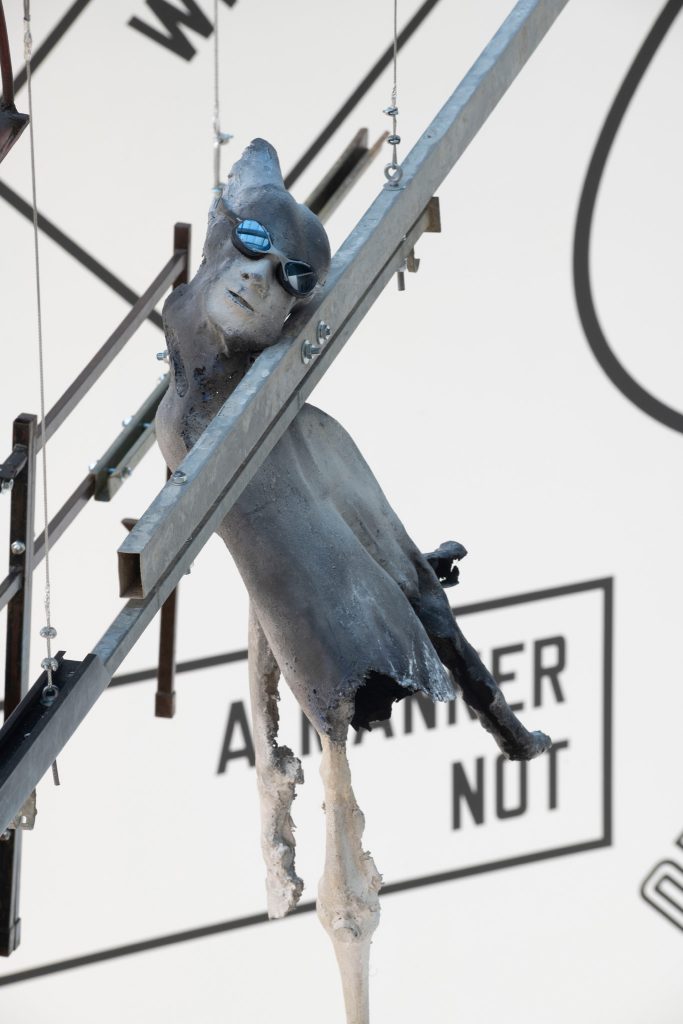
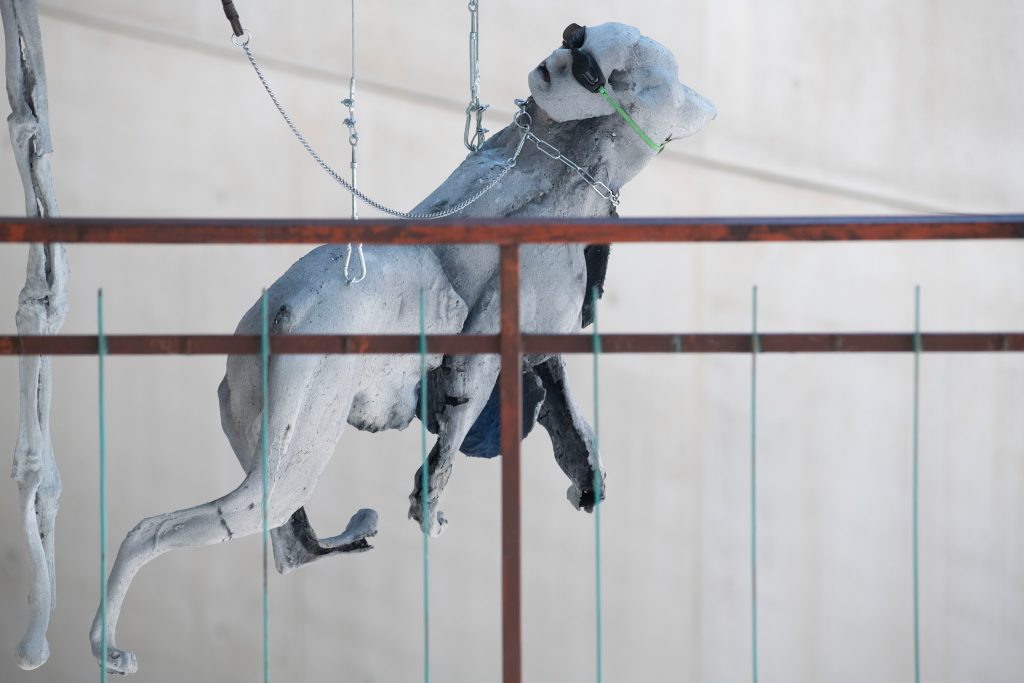
Photo by Giorgio Benni. Courtesy of the artist, SpazioA, Pistoia and MAXXI Museum, Rome
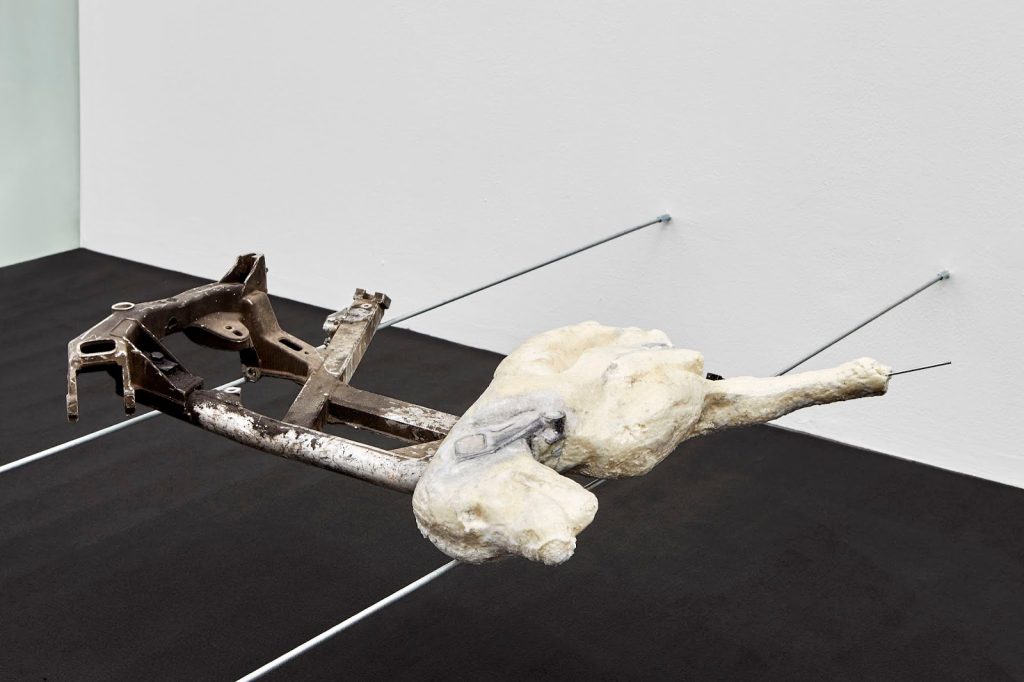
Courtesy of the artist, SpazioA, Pistoia and Kunst Meran, Merano
Giulia:
In my vision, in the times where humans where still identifying animals and gods, there was an immense respect for nature and animals. Humans where incapable to give many answers to huge paradigms of life, so they where constantly thankful to everything which was considered as a great gift, as a huge components of their lives.
I have the feeling that now days we believe that we can own, buy, consume anything. We have no respect for other entities (alive or motionless), and I guess this is why we are incapable to feel the same sacrality towards such an important entity. In the past, humans had to fight to get food or clothes, they where coming from animals. Humans where immerse in the same habitat having the chance to observe this amazing being living, growing and dying as their self, while now days we are used to buy a motionless piece of something, perfectly packed in a plastic box. I guess we are living a kind of distance in relation to the pure truth which is behind things, we are unable to be thankful, we are not aware of what is the real matter of things, and this makes us also unable to feel the great sacrality which is beside any thing.
#
ÖÖÖ:
When you assume living and non-living existences have equal relationships on the earth ( human beings just as one of the earth components co-inhabit with animals, plants, machinery and all other substances), this probably means human-centered intellectual, spiritual, and physical flesh factors are no longer considered as measurement for the condition anymore. The assumption may require a greater macro or micro perspective angle to establish. How far will this macro/micro perspective be? Would you call this sort of demiurgic perspective?
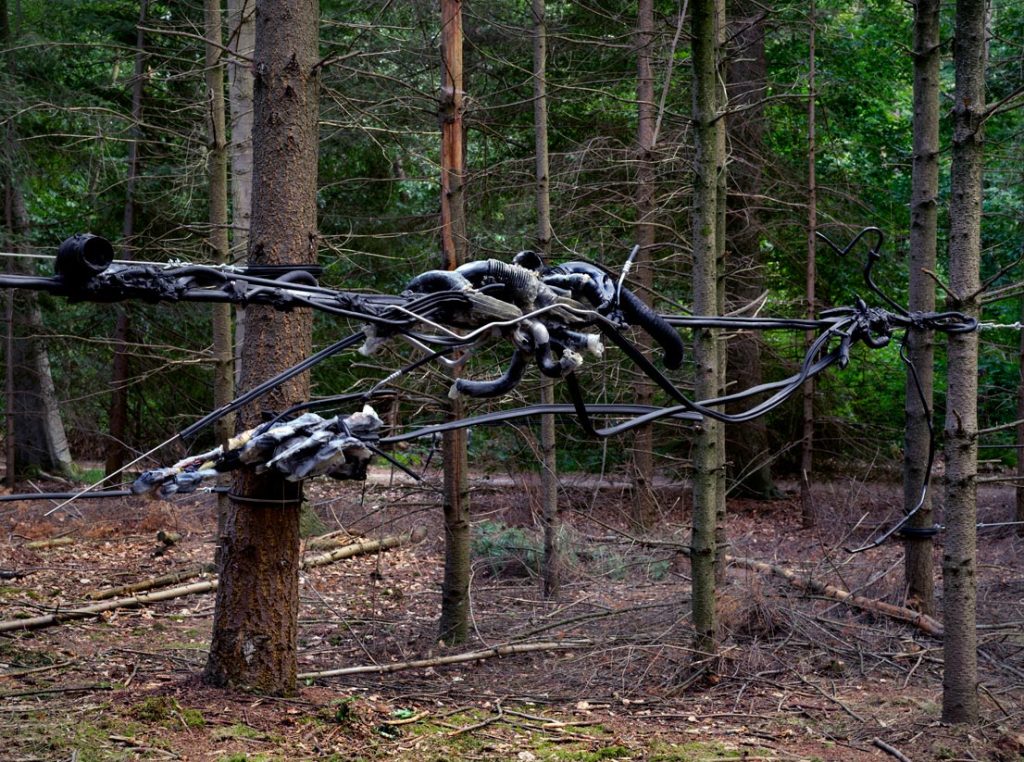
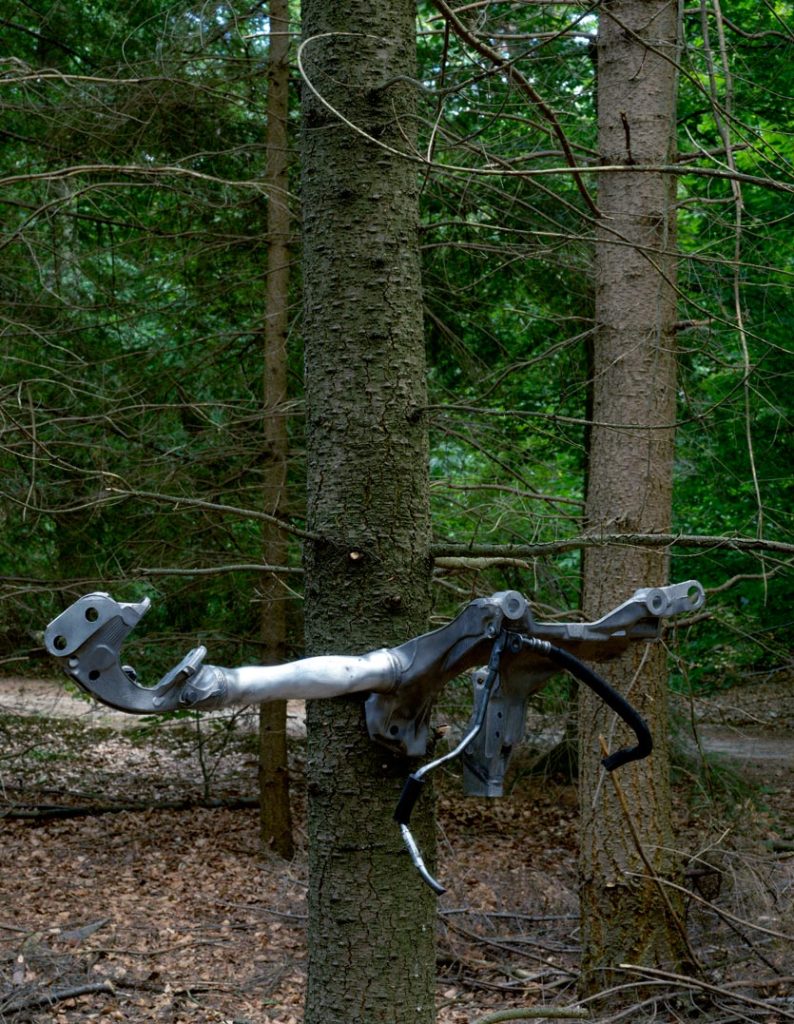
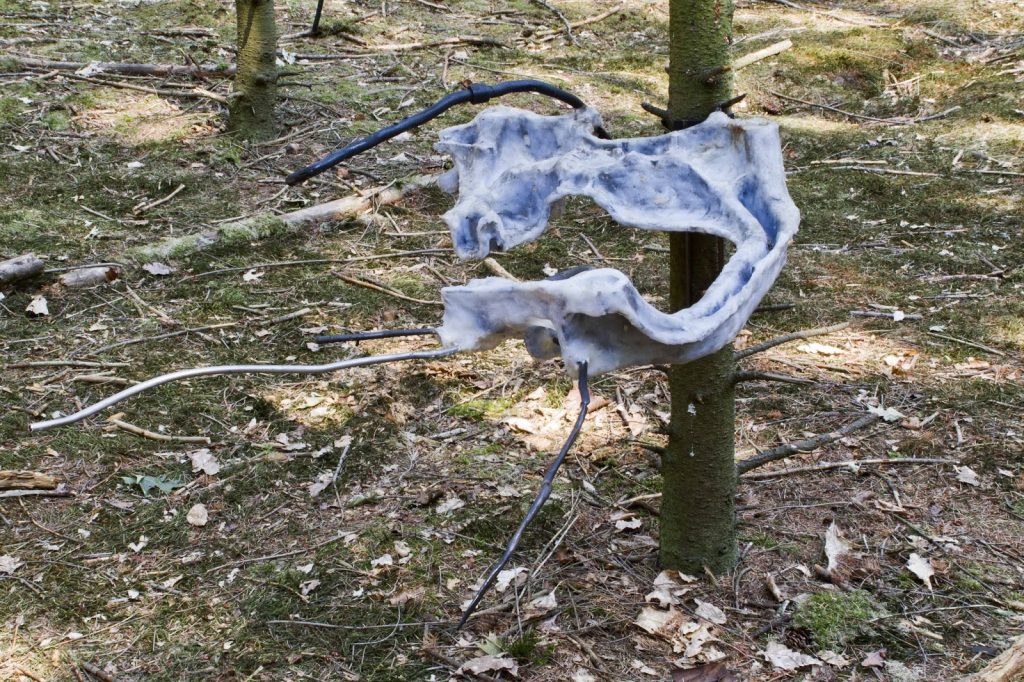
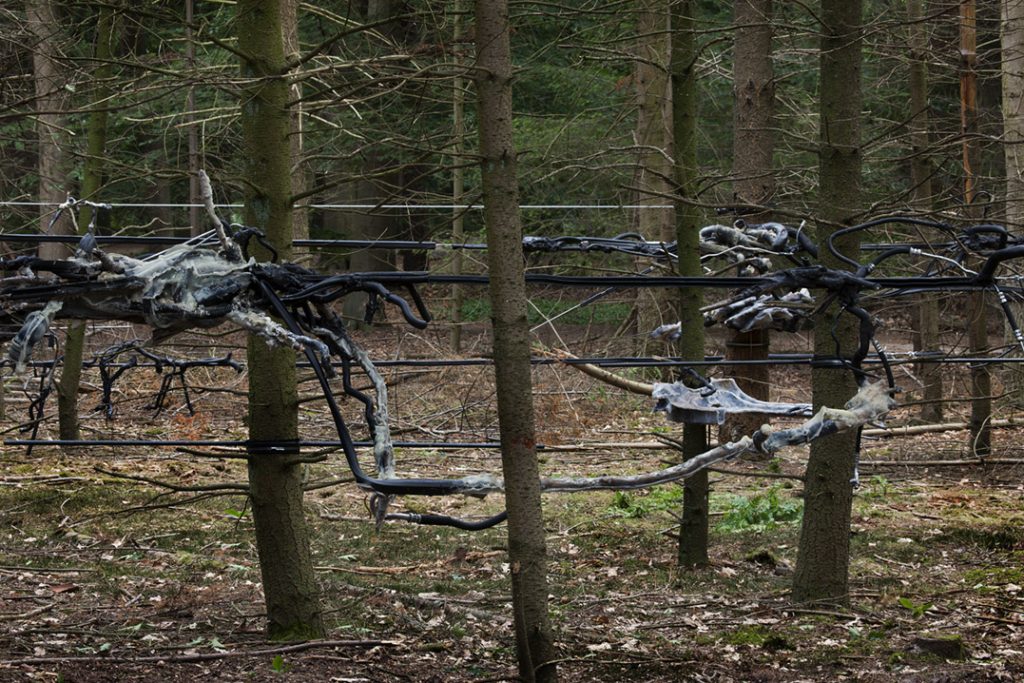
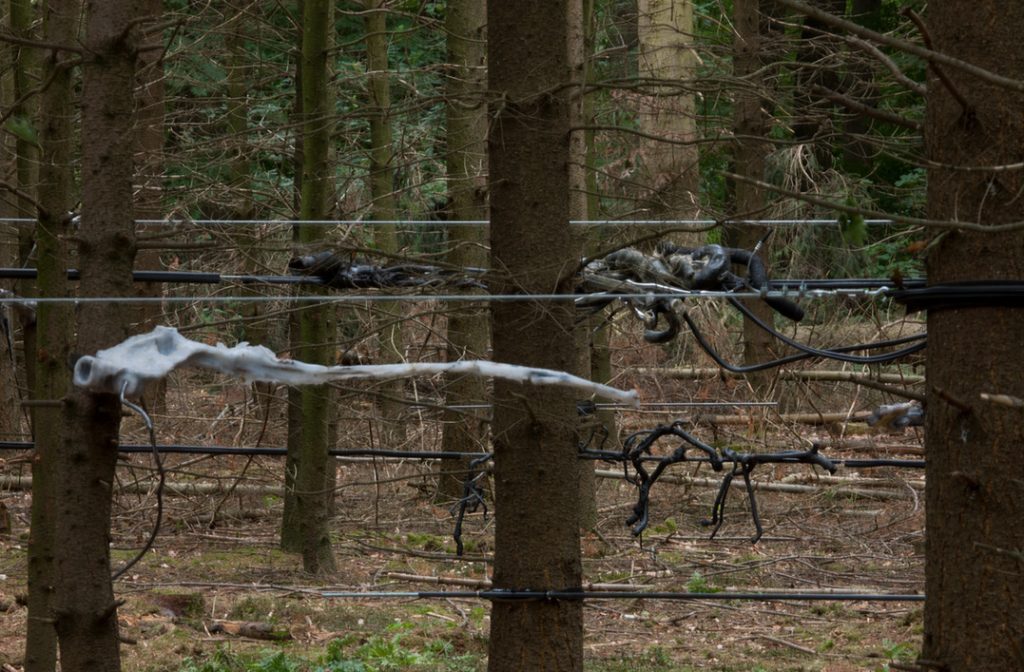
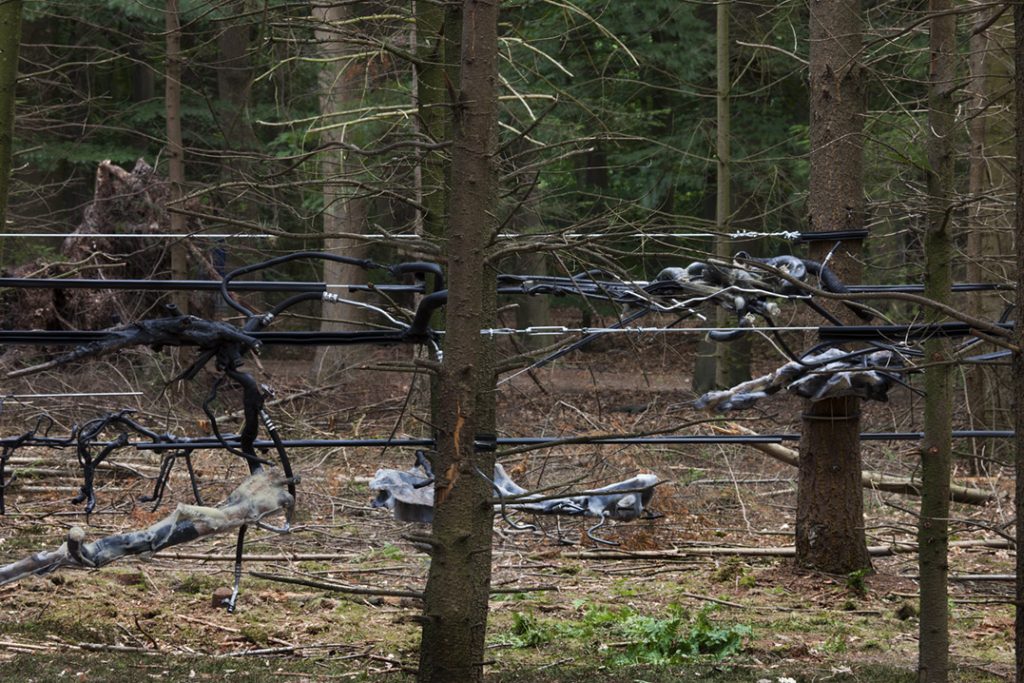
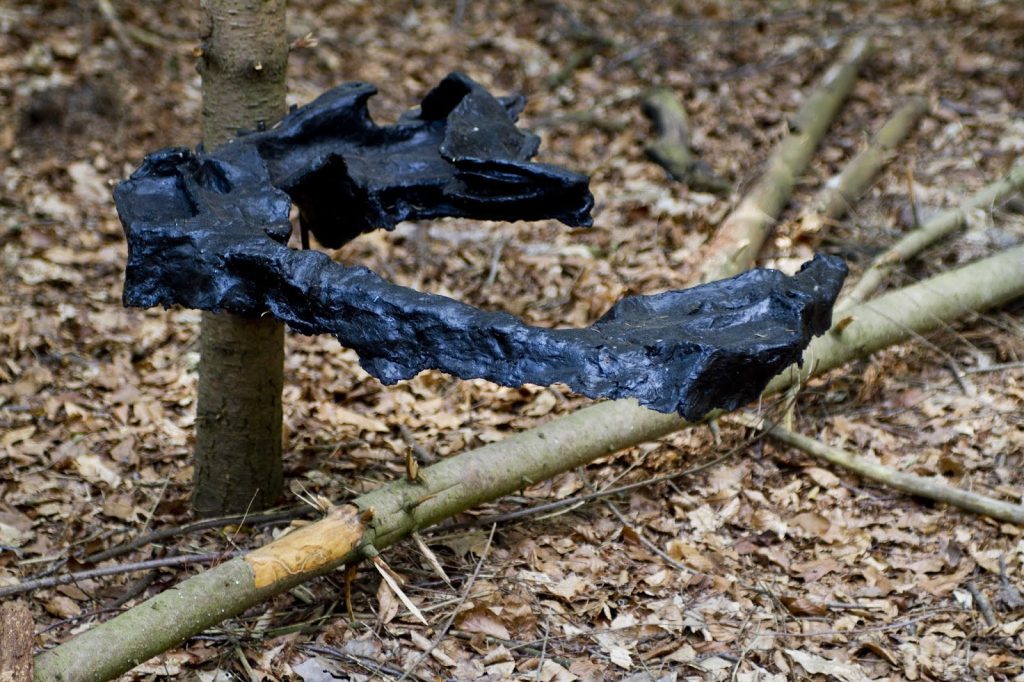
Photo by Gert Jan van Rooij. Courtesy of the artist, SpazioA, Pistoia and Lunstwarande, Tilburg, Netherlands
Giulia:
Honestly I never think about a God, or entity which is above us. My idea is more related to a larger system, where everything is cohabiting, and relating to a rest. If I look on a larger perspective, for what we know, this may be endless, and this is the reason why I can’t think about a centrality of humans. Does not make sense to me to think that we are above something as much as does not make sense that there is something specific above us, guiding us. It is more a matter of interconnection between entities, matters, energies and so on. We can observe this in every system, from the larger to the smallest being.
#
ÖÖÖ:
Did any religious theories or concepts influence the formation of the worldview of your artworks?
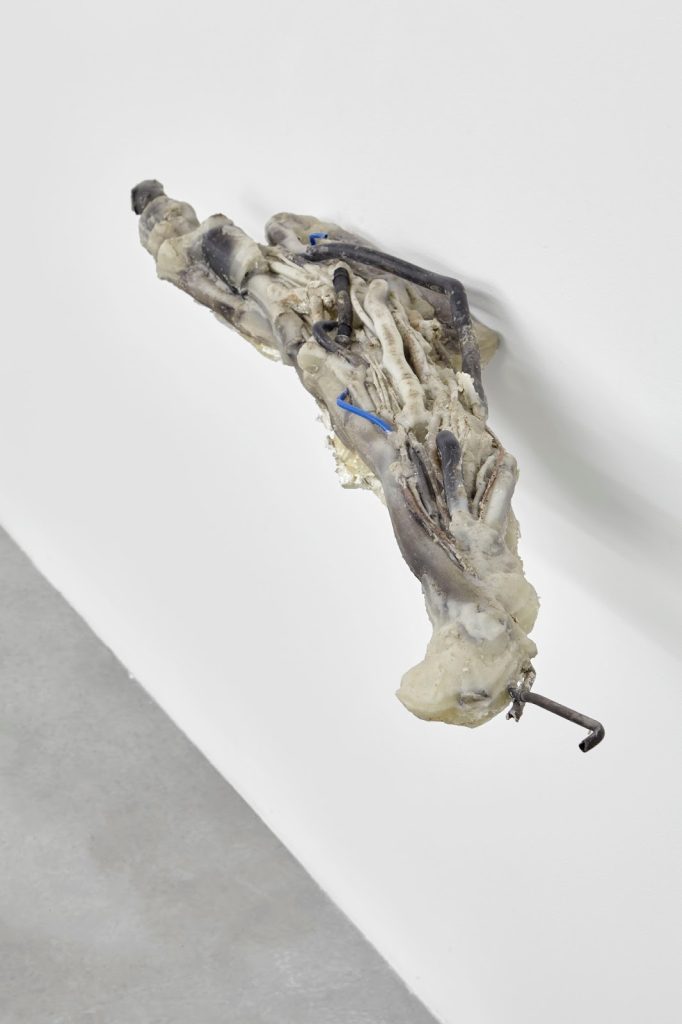
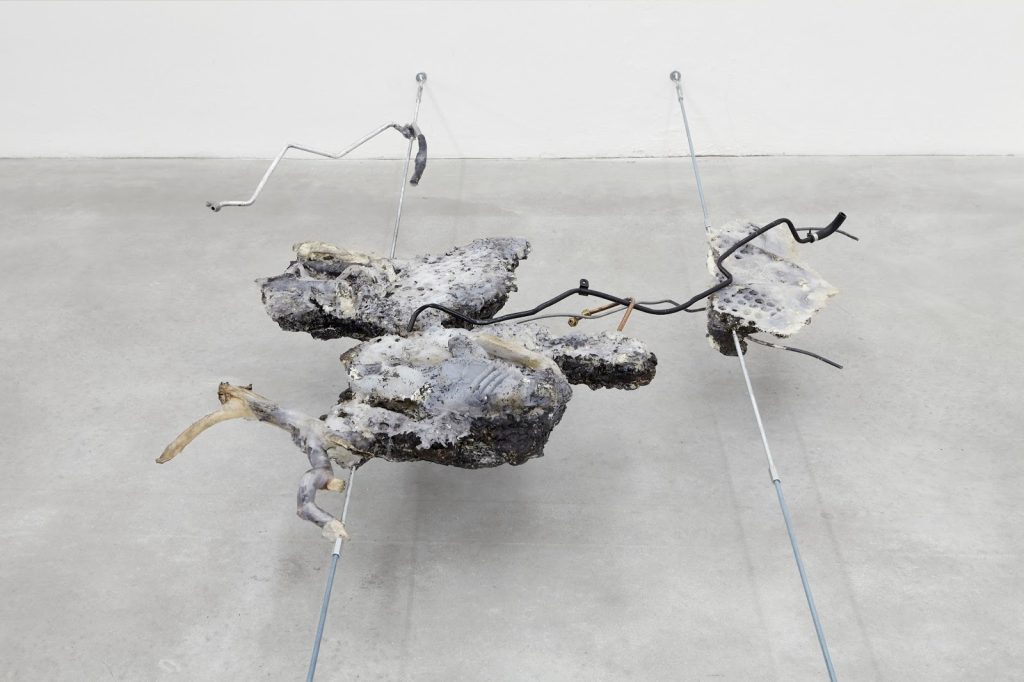
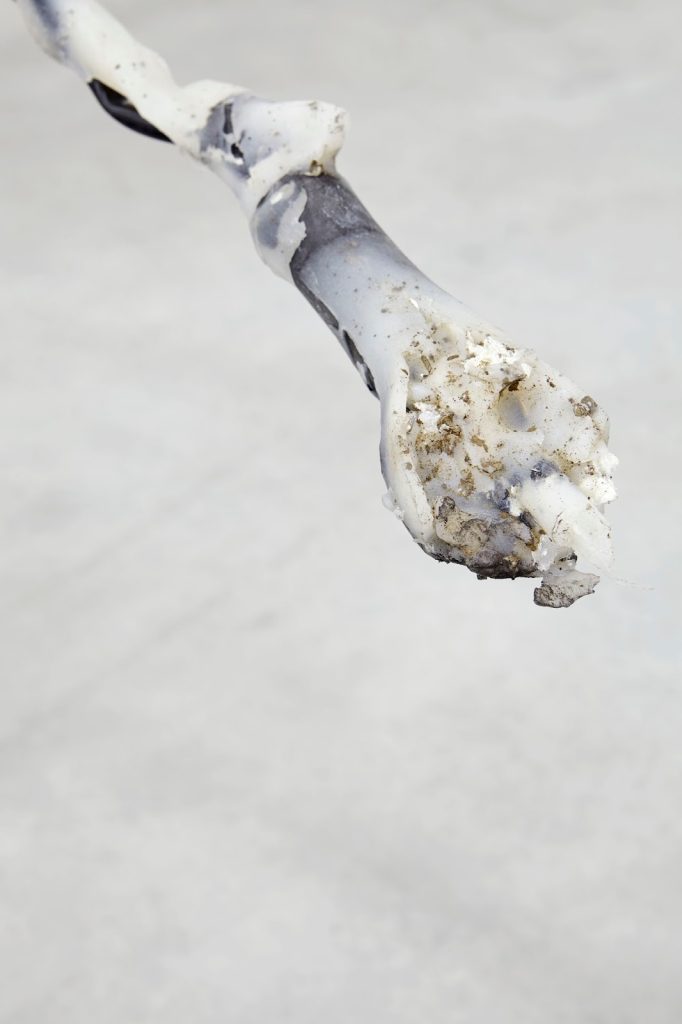
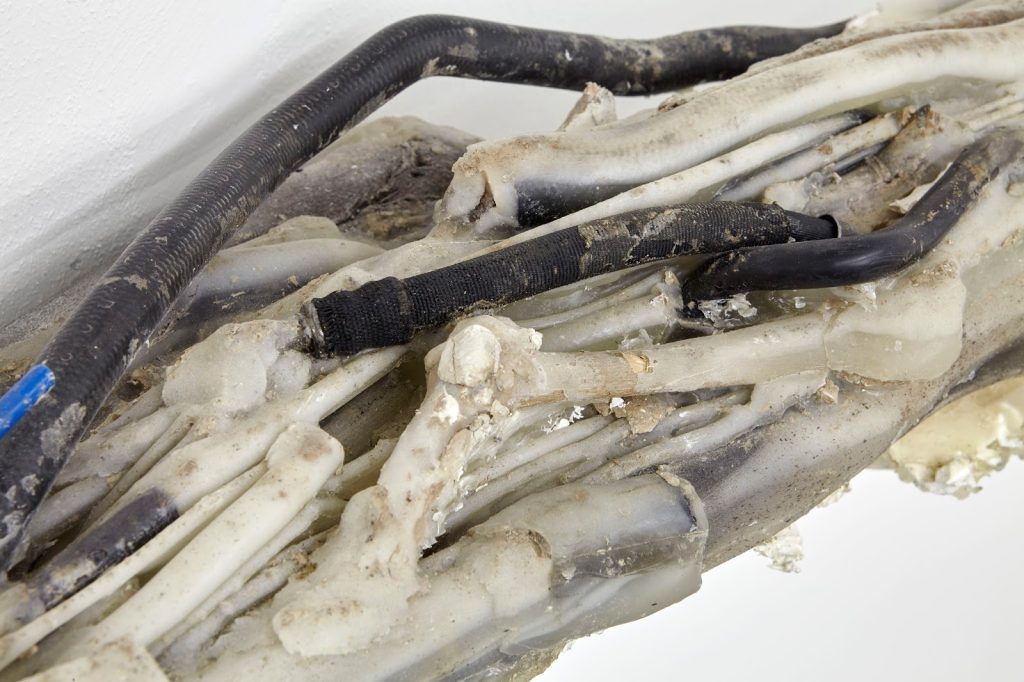
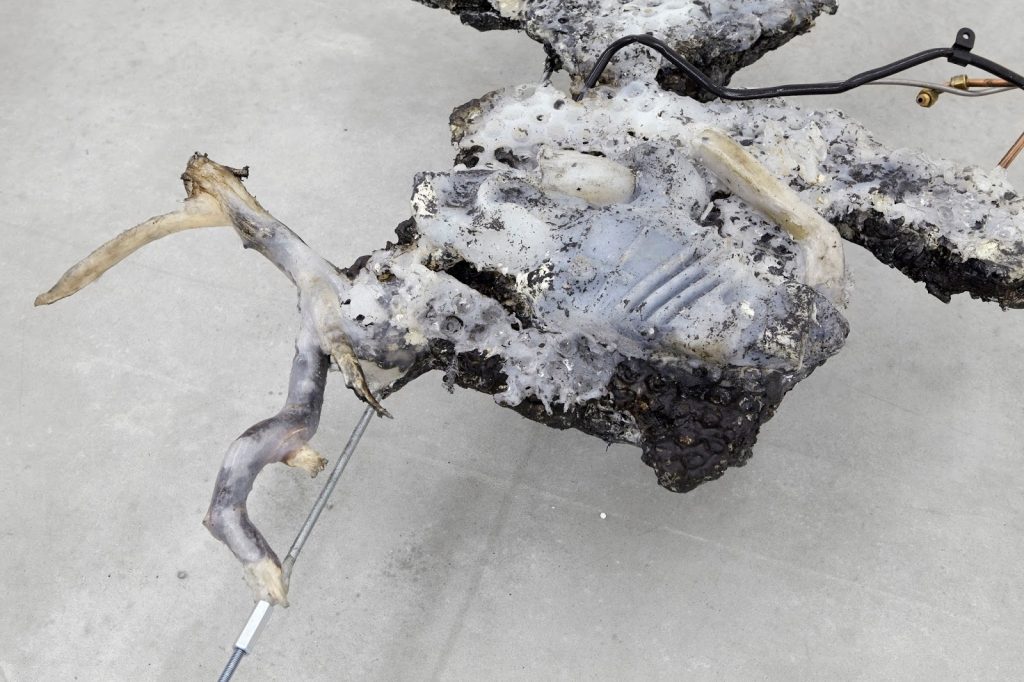
Photo by Gert Jan van Rooij. Courtesy of the artist and SpazioA, Pistoia
Giulia:
Every religion represent for me a way for human to investigate their deepest being, or better, to investigate the being. Religion is a way to give ourself rules, way of a better living, and to give answers to questions that are hard to answer. In that sense, any religion has for me a meaning in the compression of human society, but i don’t particularly refer to a single one.
#
ÖÖÖ:
Video collection ‘Instudio’ documented your studio in 2018. Your work place looks raw and unique. Can you please share with us some work life you spend there?
Giulia:
Pietraia, the little town where I grow up, represent for me the place where I started thinking about art as an environment capable to guide you thoughts, movements, choices. Pietraia is in general the place where I also started to use things and reality ad a main matter for my work. It became important for me to integrate any part of my life and my environment as an active starting point to build u a new work, a new world.
#
ÖÖÖ:
What films or books have been inspiring your artworks that you would recommend?
Giulia:
Ahh, many. as films unmissable is for me Solaris, by Andrei Tarkovskij, The Lobster by Yorgos Lanthimos, Le temps du Loup by Michael Haneke. Books, among many I would suggest In the Country of Last Things by Paul Auster and The Wast Land by T.S. Eliot.
#
ÖÖÖ:
At the end of the interview, we would really appreciate it if you can share some music that you like.
Giulia:
Gigi D’Agostino – Ininterrottamen
